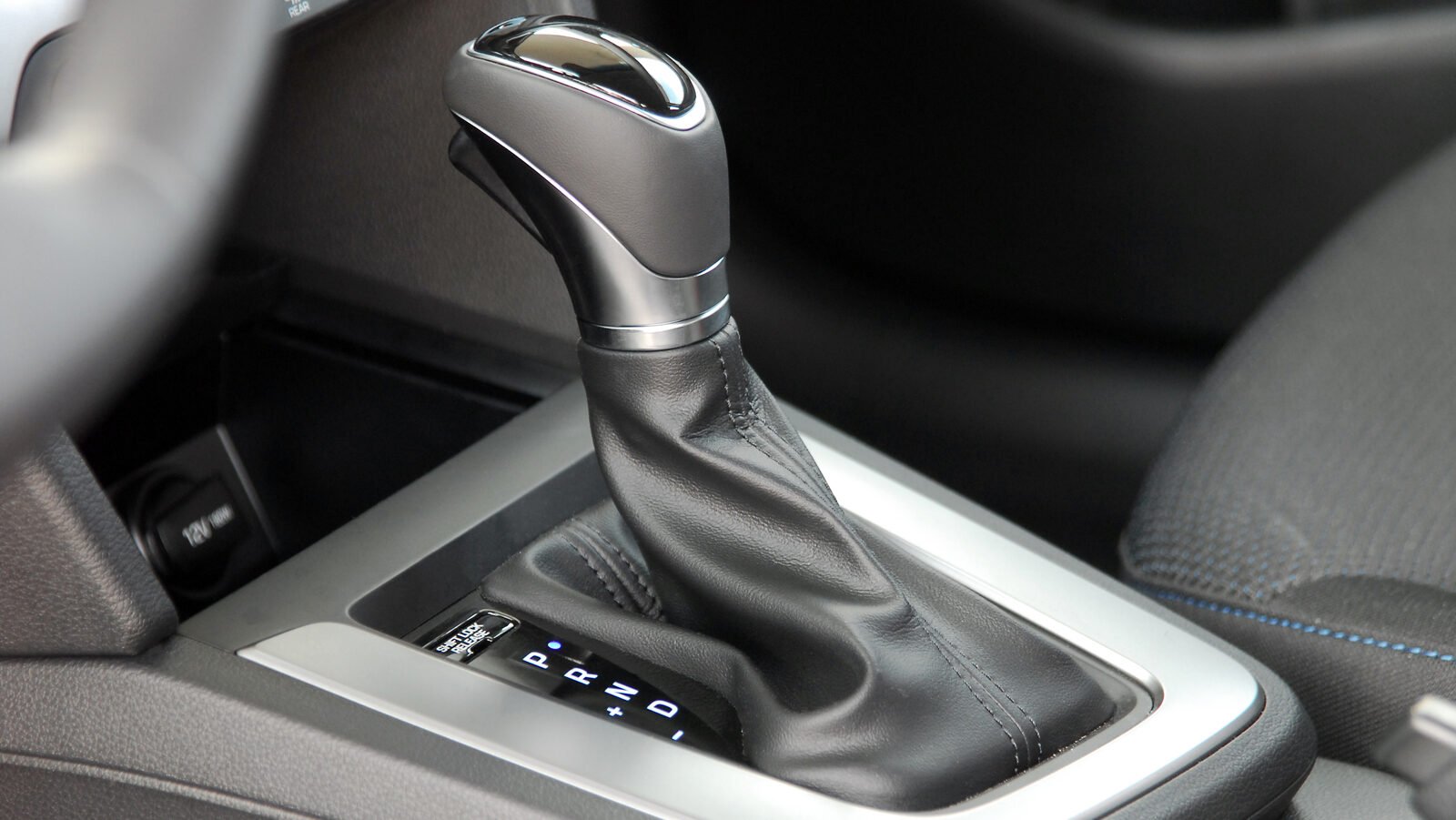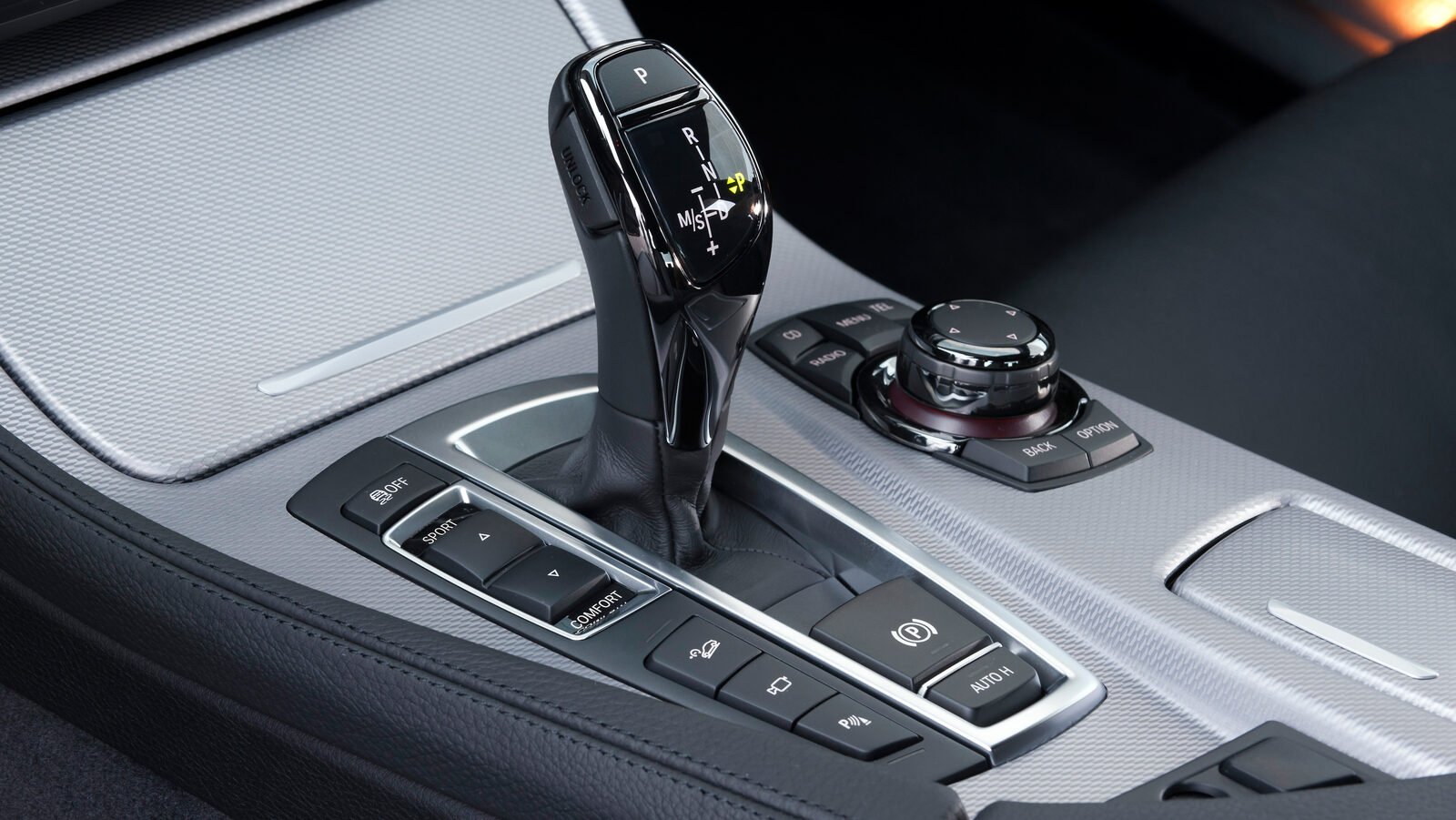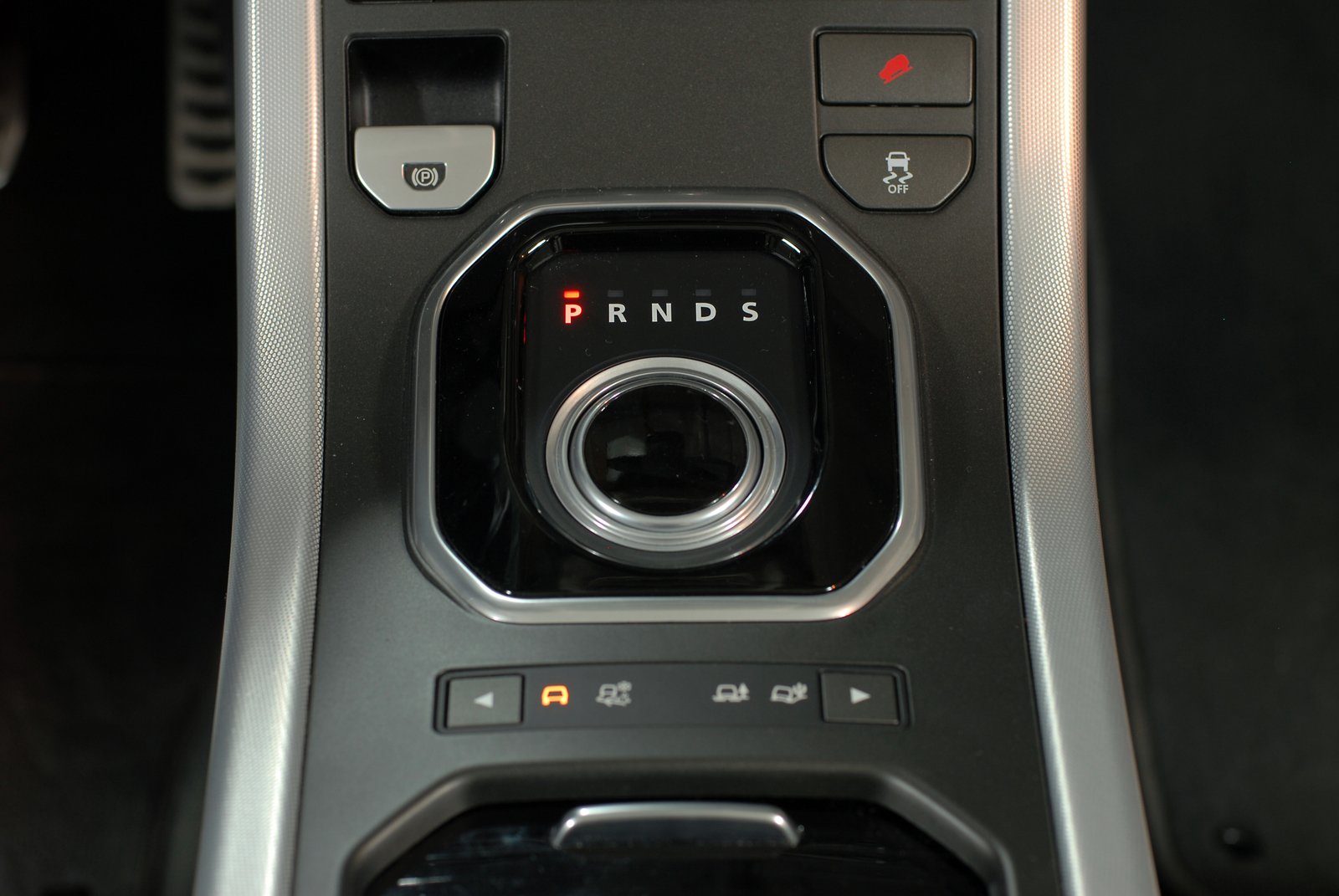In today’s rapidly advancing automotive world, electronic gear shifters might seem like a futuristic gimmick at first—but trust me, they’re a game-changer for both performance and reliability.
I know, die-hard car enthusiasts (especially those from my generation) love the feel of a traditional gear shifter. There’s something satisfying about that mechanical engagement. But if I had to choose between a conventional automatic shifter and an electronic one, I’d go with the latter—hands down. And here’s why.
While traditional mechanical shifters have done their job well, electronic gear selectors bring a new level of refinement, particularly when it comes to long-term transmission reliability—and even safety.
Understanding how these systems work reveals their biggest advantage: they help protect the transmission from common driver mistakes, like the all-too-common habit of shifting from reverse to drive too quickly.

The Dangers of Human Error: Premature Shifting and Transmission Damage
A common mistake among drivers, particularly those transitioning between reverse and drive, is engaging the gear before the vehicle has come to a complete stop. This behavior not only increases wear on the transmission components but can also lead to more severe mechanical failures over time.
The physical stress that occurs when a driver shifts gears while the vehicle is still in motion can manifest as slippage, erratic shifting, or even catastrophic transmission breakdowns.
In mechanical systems, the engagement of gears requires precise synchronization among various components. When a driver forces a gear shift too early, it places undue strain on these components, leading to increased friction and heat generation. Over time, this can contribute to premature wear and the degradation of essential transmission elements, such as clutches and gears.
Electronic Control: Precision in Gear Engagement
Enter electronic gear shifting technology, which leverages the vehicle’s Engine Control Unit (ECU) to manage gear transitions intelligently. By utilizing sensors to monitor the car’s speed, throttle position, and even braking behavior, electronic systems ensure that the gear-changing process aligns with optimal operational parameters.
The electronic gear shift can determine when it is mechanically safe to engage the drive or reverse functions. By waiting until the vehicle is fully stopped before permitting a shift, these systems effectively eliminate the risk of damage associated with premature engagements. Such intelligence not only safeguards your transmission but also enhances the overall driving experience, contributing to smoother transitions and reduced driver fatigue.

Enhancing Longevity Through Advanced Technology
As automakers increasingly integrate advanced technologies into their vehicles, the reliability and durability of key mechanical components become paramount considerations. Electronic gear shifting systems support longevity in several key ways:
- Delayed Engagement: Electronic gear selectors can implement deliberate algorithms that delay gear engagement until comprehensive parameters confirm safe conditions. This mitigates the risk of oversights that may arise from driver inattention.
- Adaptive Learning: Many modern vehicles equipped with electronic gear shifters feature adaptive learning capabilities. The ECU can monitor and learn from a driver’s shifting habits, tailoring gear engagement for optimal performance and efficiency—an advancement mechanical systems cannot replicate.
- Reduced Wear and Tear: By ensuring that gear shifts only occur under ideal circumstances, electronic systems minimize wear and tear on components that would otherwise suffer from erratic shifting patterns.
- Enhanced Diagnostic Capabilities: Electronic systems offer superior diagnostic feedback, alerting drivers to potential transmission issues with the transmission before they escalate into significant transmission problems. This proactive approach allows for timely interventions that can preserve the long-term reliability of the vehicle.
The Evolution of Gear Shifting: A Look Toward the Future
Adoption of electronic gear shifting technology reflects broader trends in the automotive industry aimed at increasing performance while reducing mechanical complexity. As vehicles become increasingly automated, the integration of electronic systems will likely extend beyond just transmission controls to encompass other critical areas, such as automatic braking and steering.
The range of benefits offered by electronic gear shifters leads to a broader understanding of their implications for both manufacturing and consumer satisfaction. Drivers today are more cognizant of the importance of reliability and longevity as long-term ownership becomes a priority.
Electronic gear shifting addresses these concerns head-on by reducing the likelihood of repairs associated with mechanical failures, ultimately making vehicles more appealing in a competitive marketplace.
Conclusion: Embracing the Future of Transmission Reliability
In summary, the transition to electronic gear shifting knobs is not merely about the novelty of technology; it represents a strategic enhancement for long-term transmission reliability. By mitigating human error, optimizing gear engagement, and facilitating ongoing diagnostics, electronic shifting systems set a new standard for automotive performance.
For drivers, this translates into peace of mind knowing that their vehicle’s transmission is safeguarded against common pitfalls. As the automotive industry continues to innovate, it is crucial for consumers to embrace these advancements, understanding that the benefits of electronic gear shifting extend well beyond mere convenience, reaching into the realms of safety, reliability, and longevity.
If you liked this post, you might want to check out our article called “Manual vs. Automatic Transmission: Which is the Better Choice for You?“
Take a look at our site for more car reviews, helpful buying guides, and the latest news in the industry. There’s a lot to discover so feel free to explore and don’t forget to bookmark us for updates!
*Disclaimer: This website provides automotive content for informational purposes only and should not be considered professional advice. While we strive for accuracy, we do not guarantee the reliability or suitability of any vehicle or product mentioned—always conduct your own research before making purchasing decisions. Additionally, some links on this site are affiliate links, meaning we may earn a commission if you make a purchase, at no extra cost to you.

